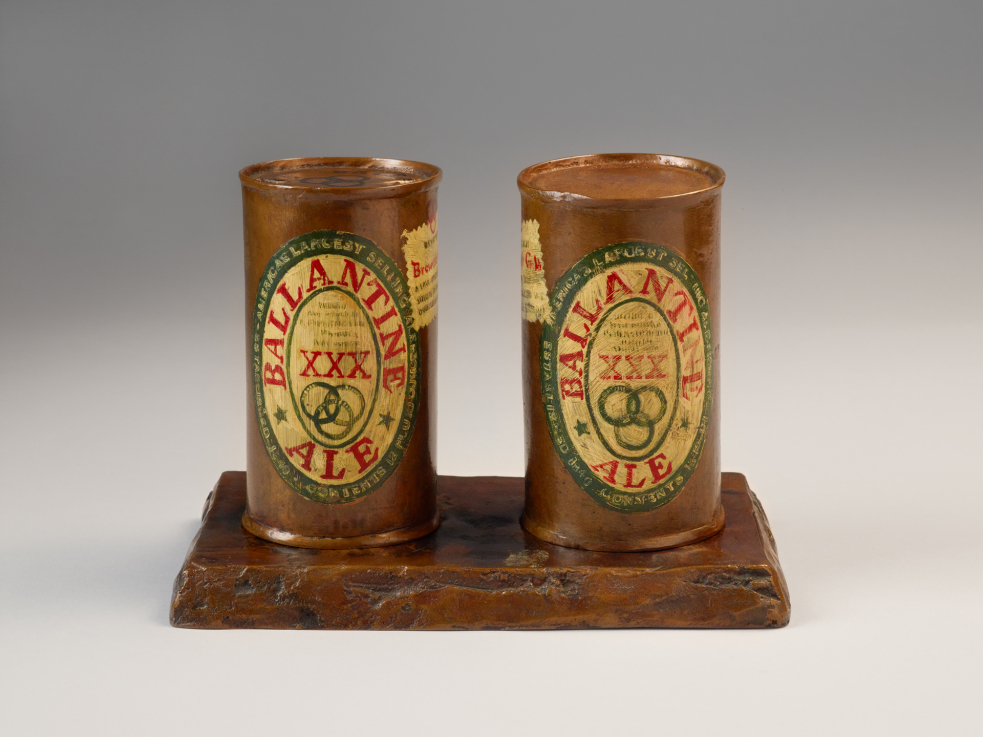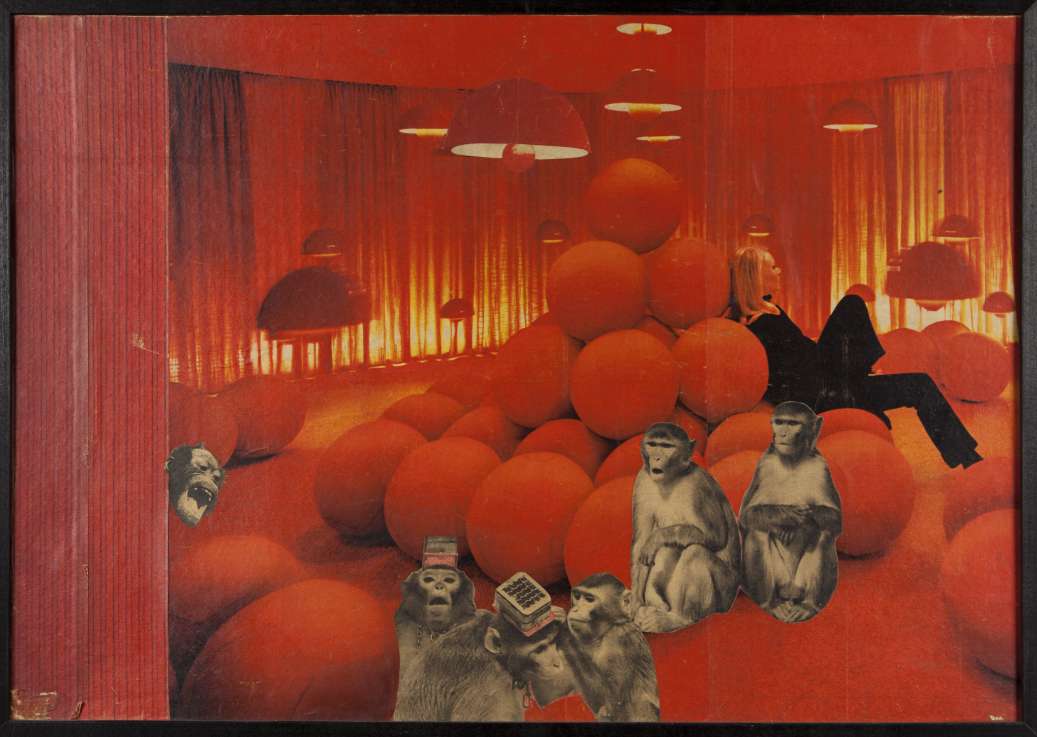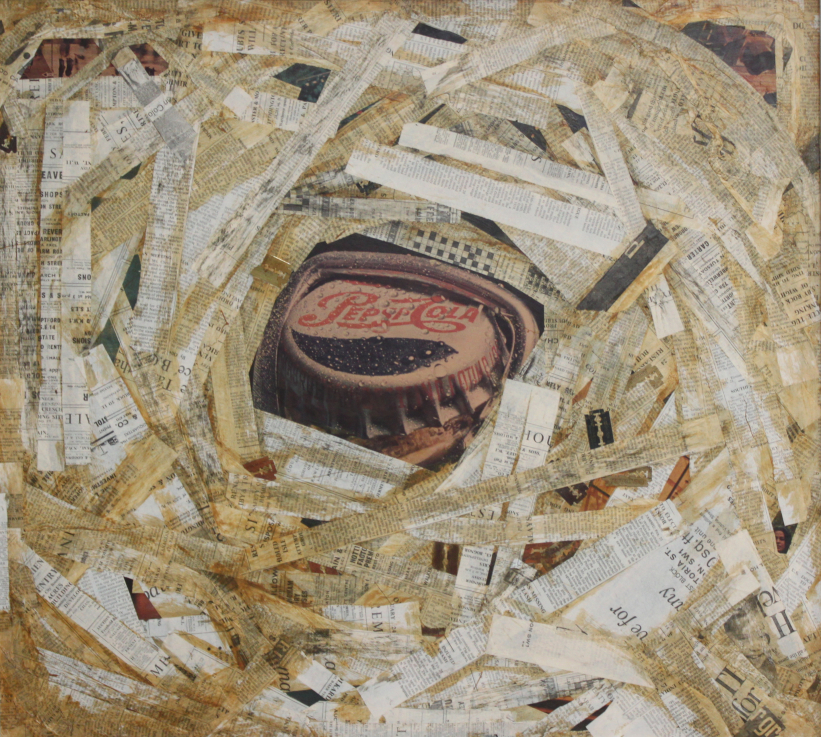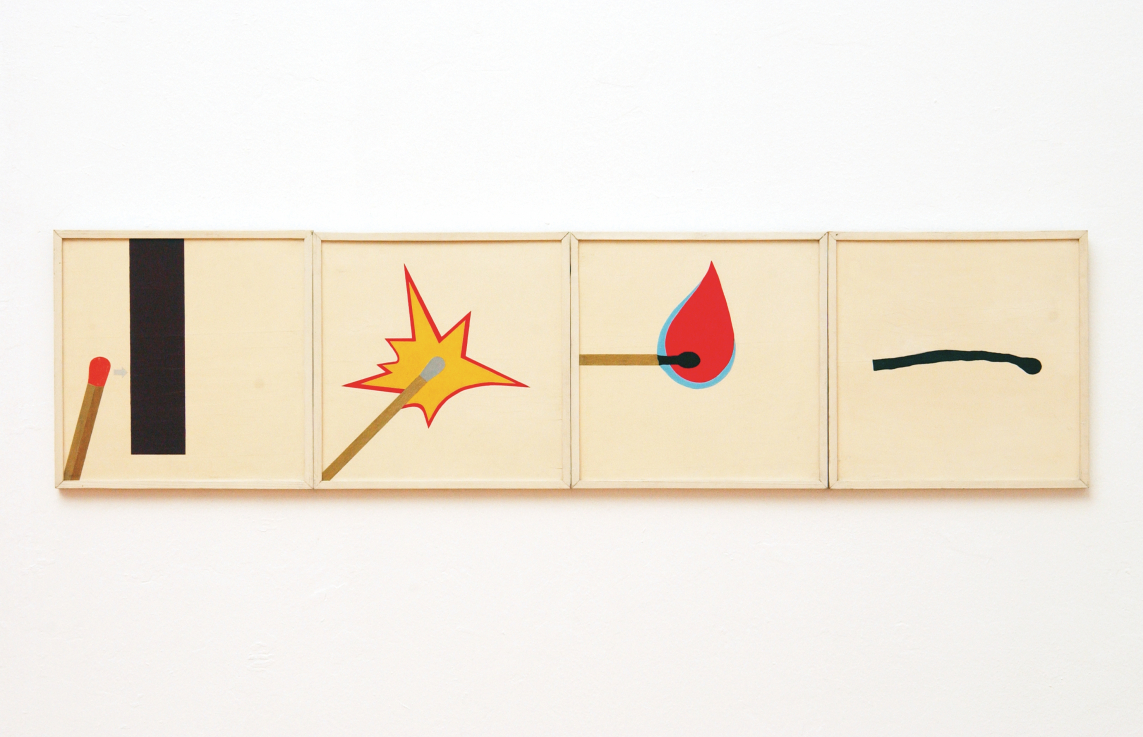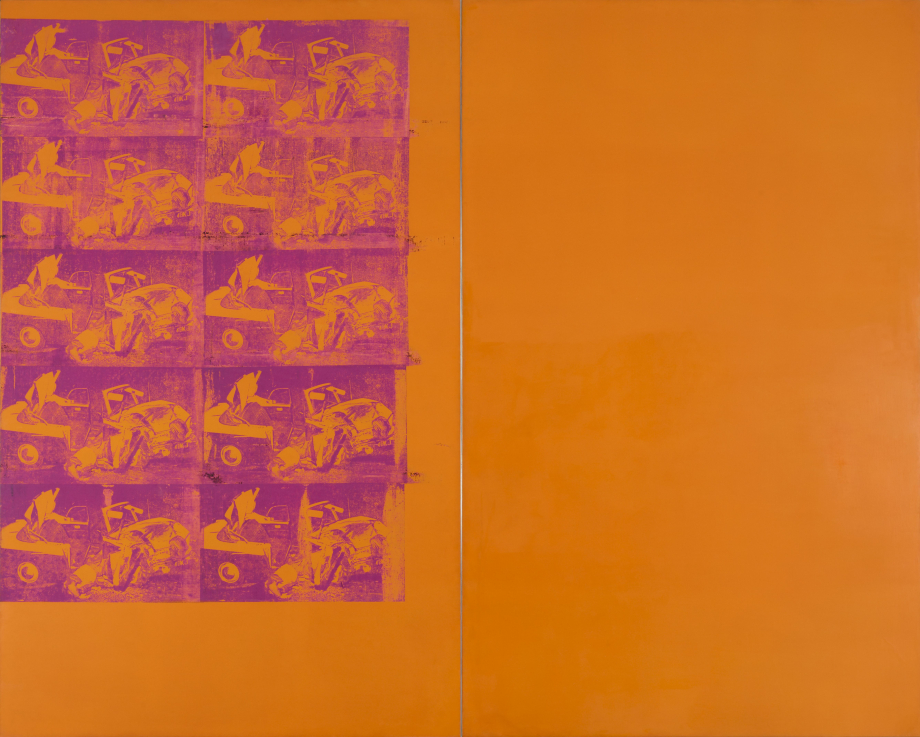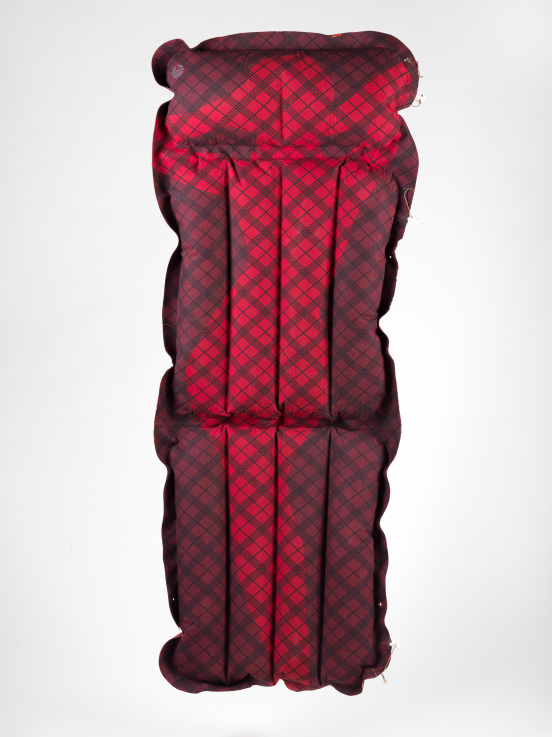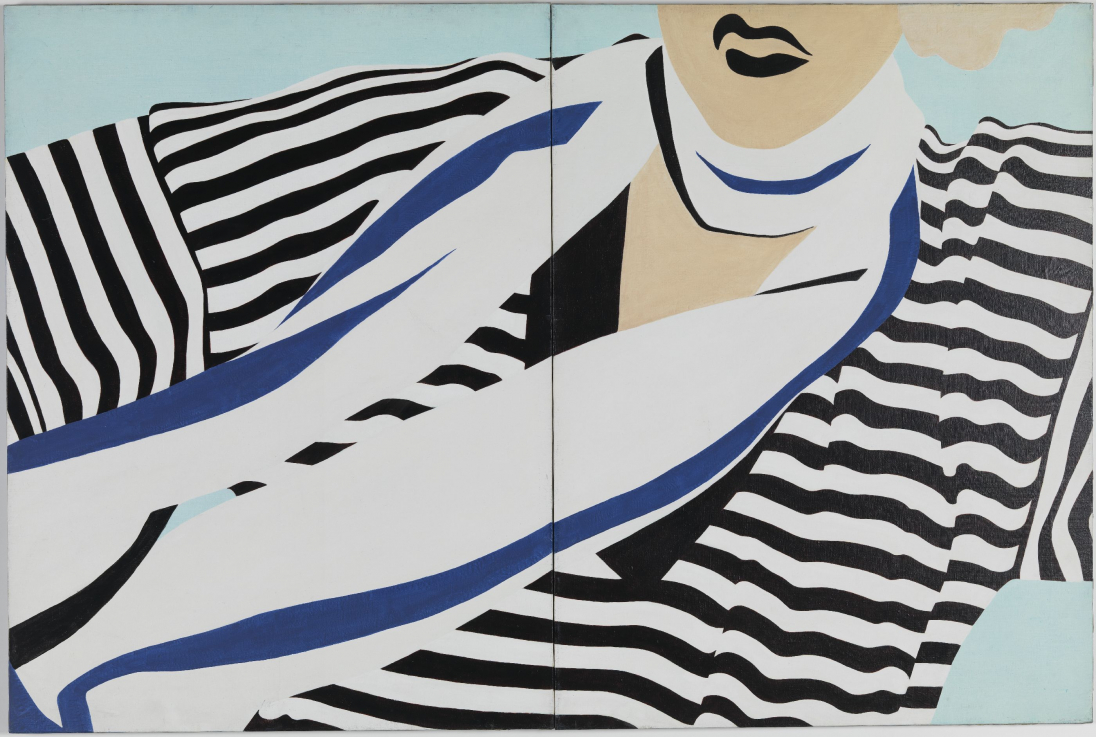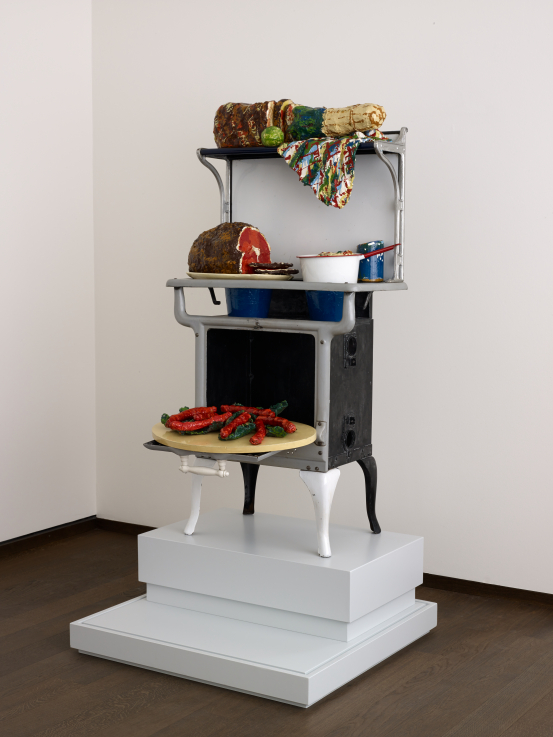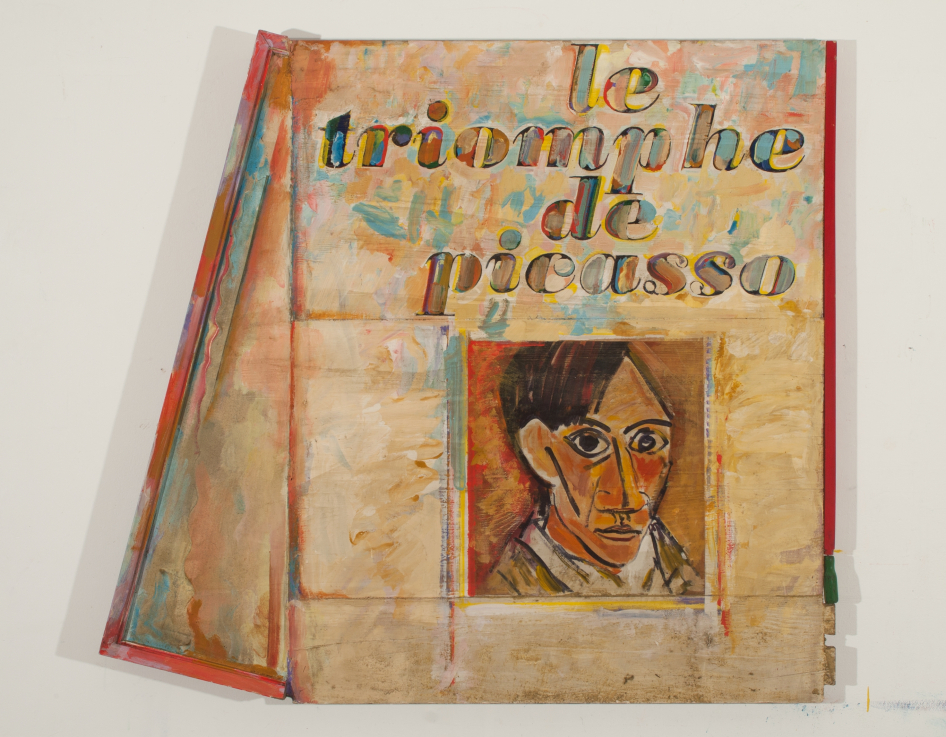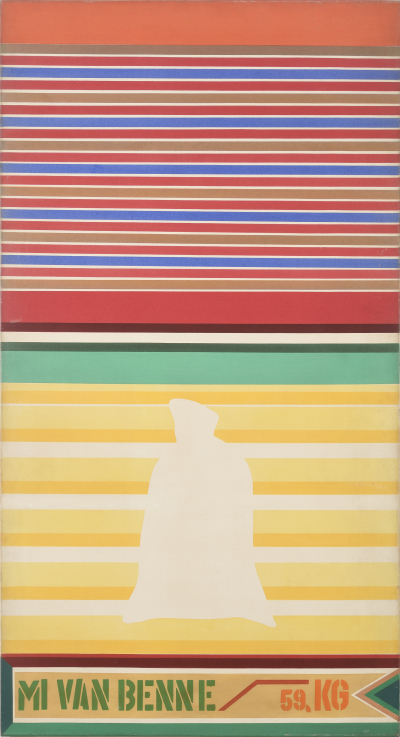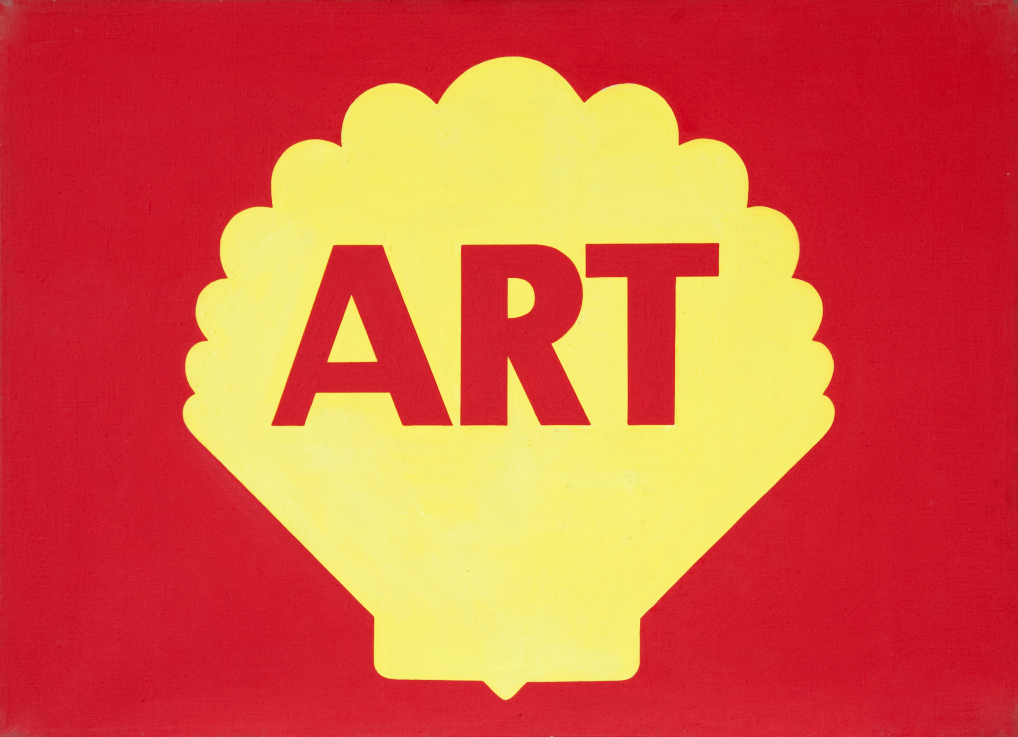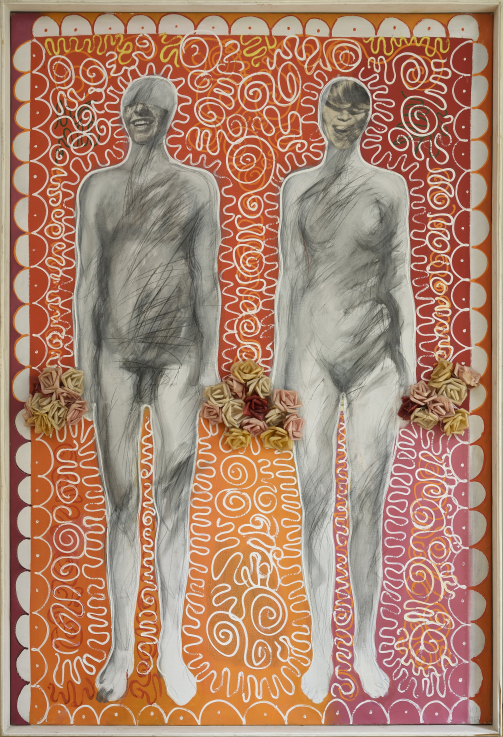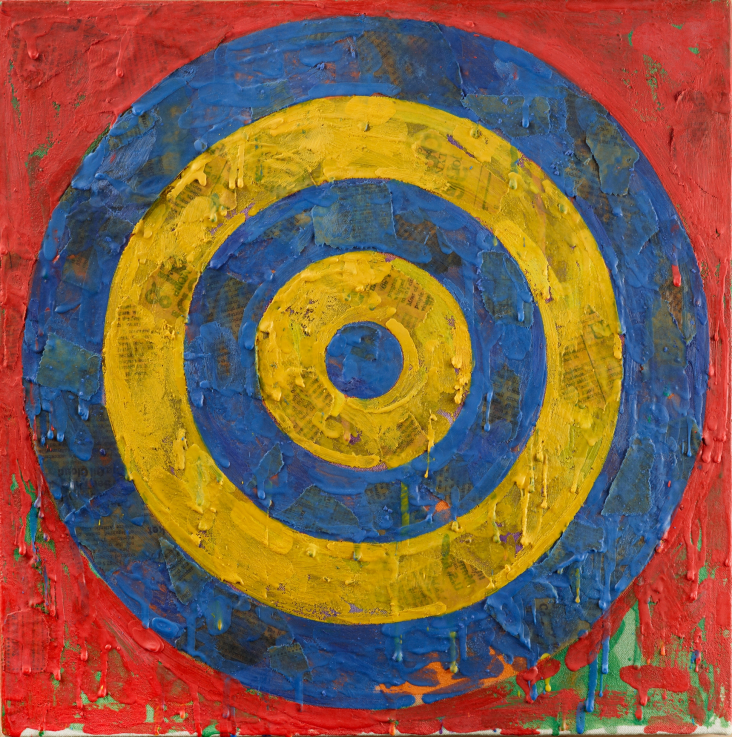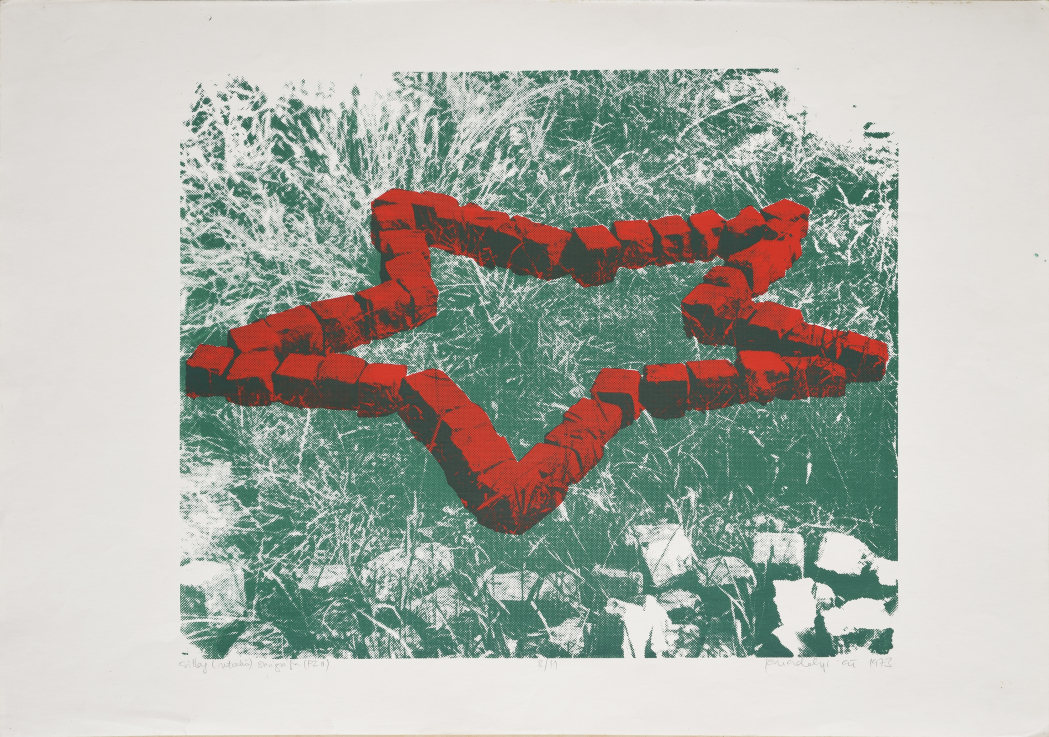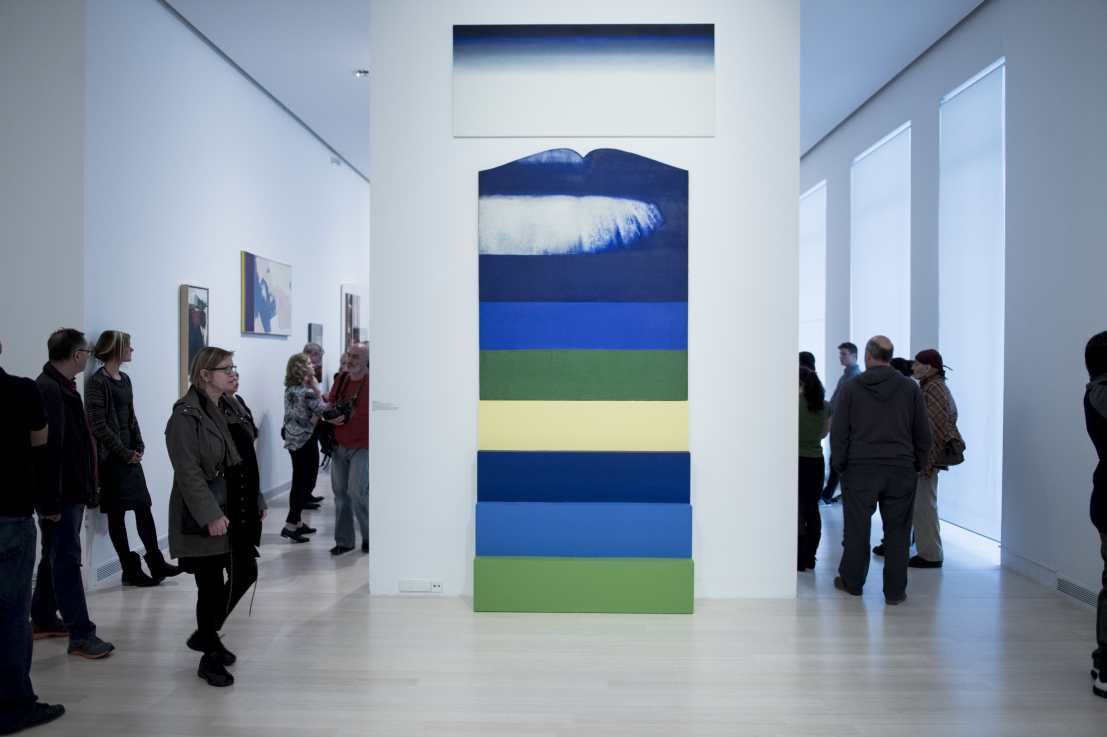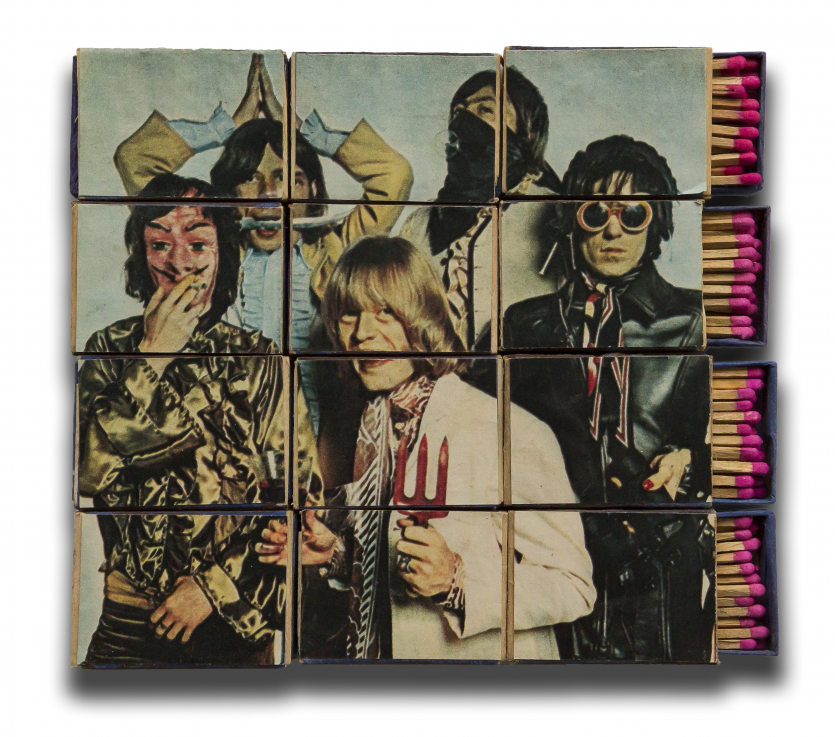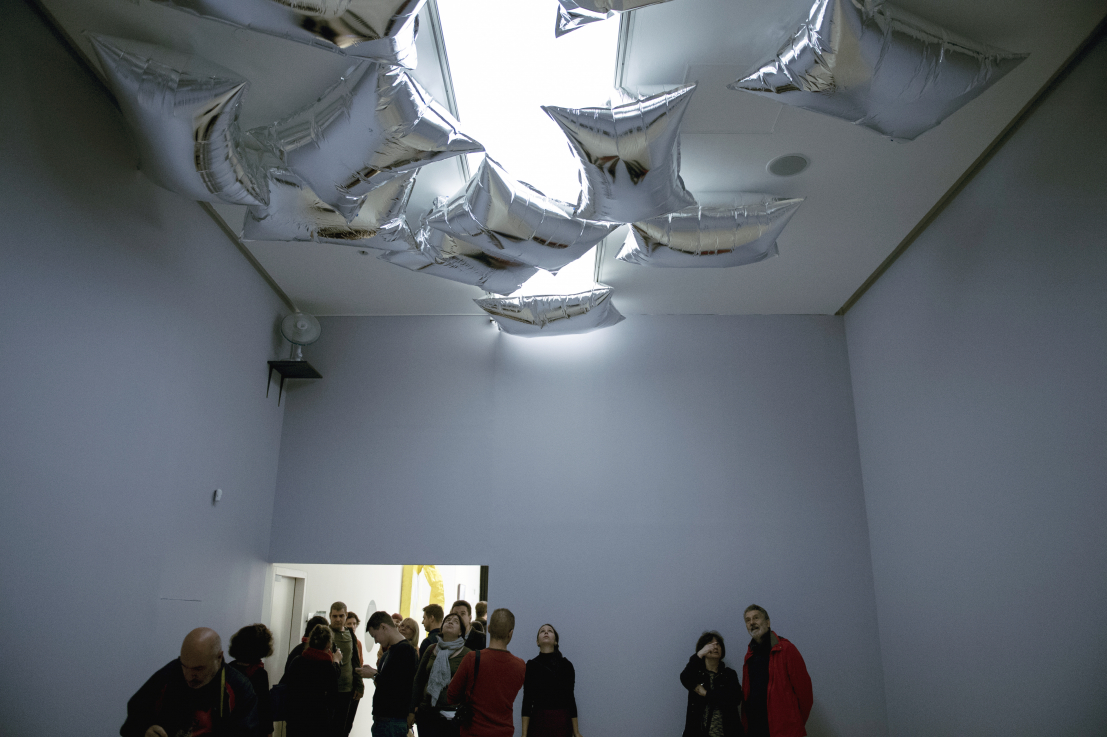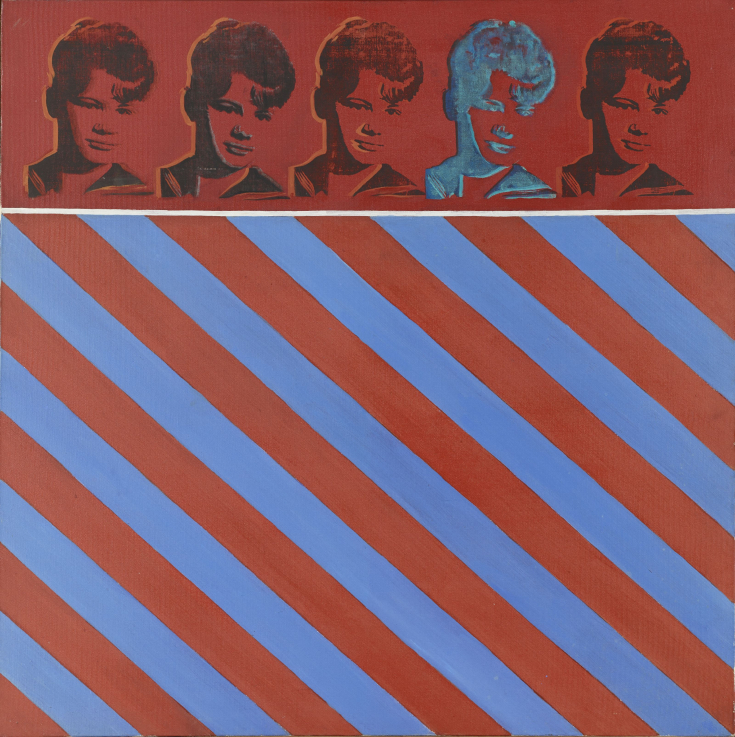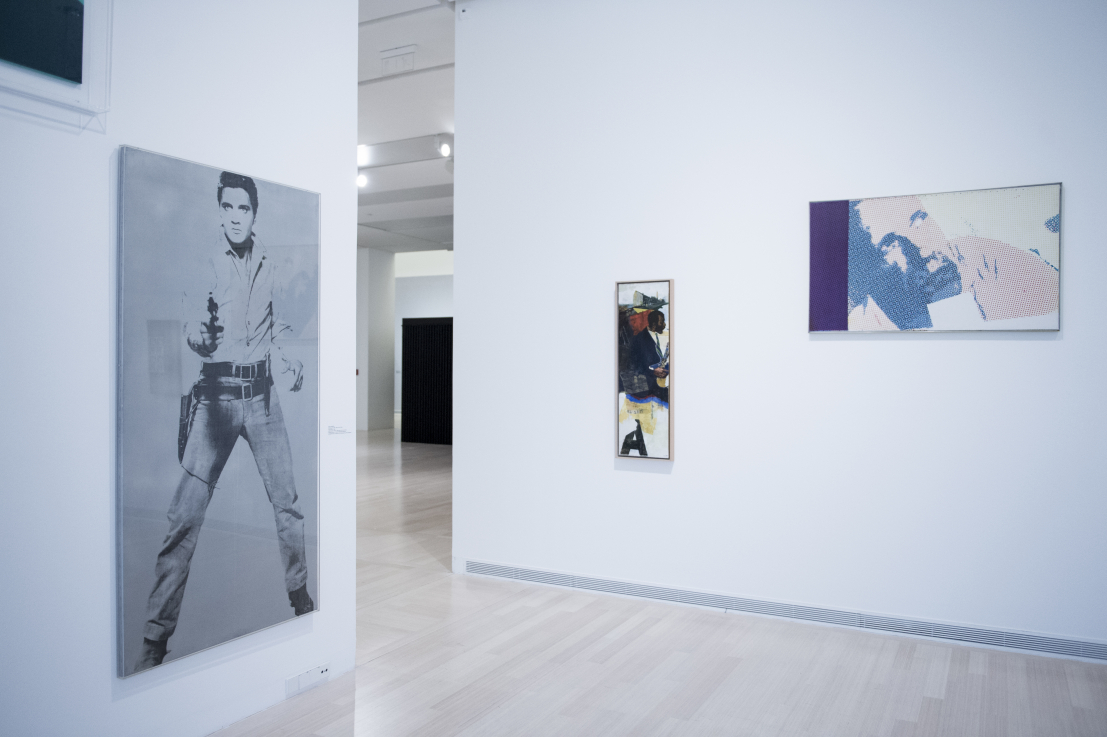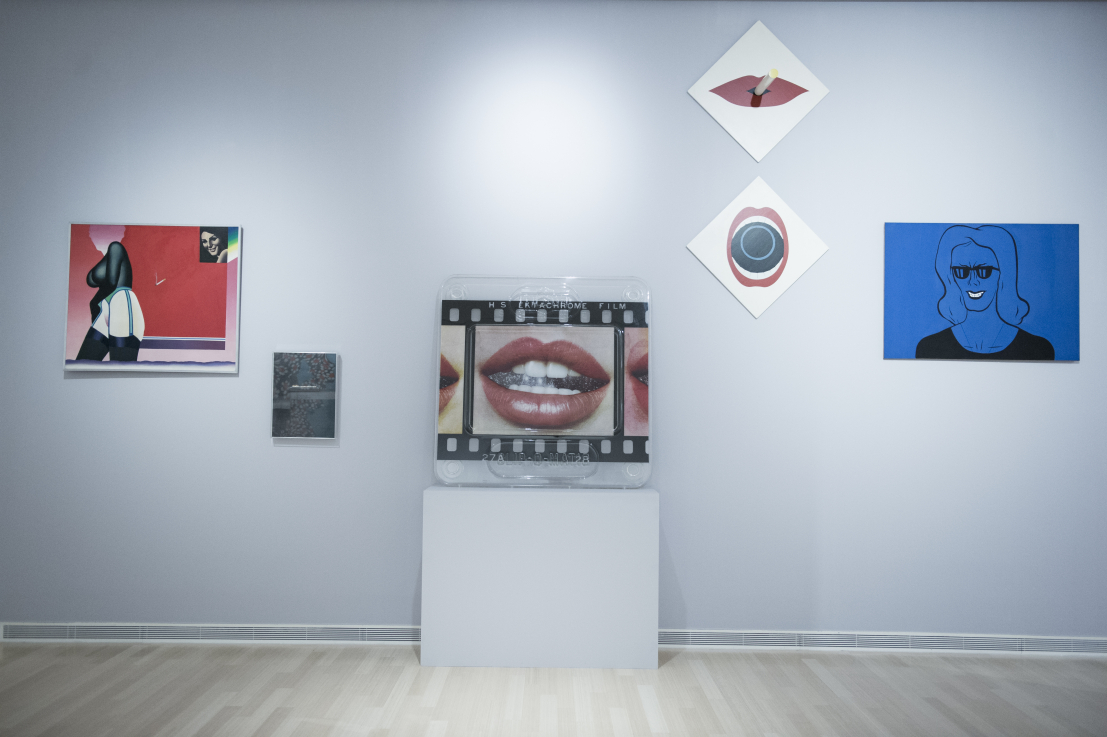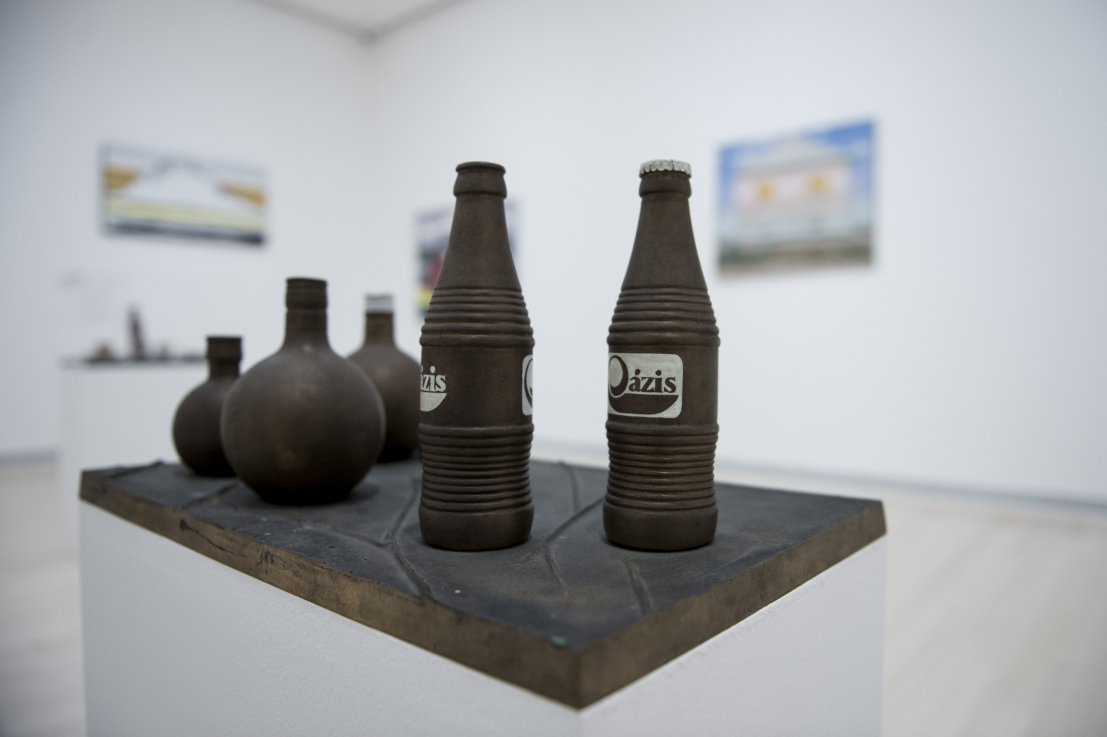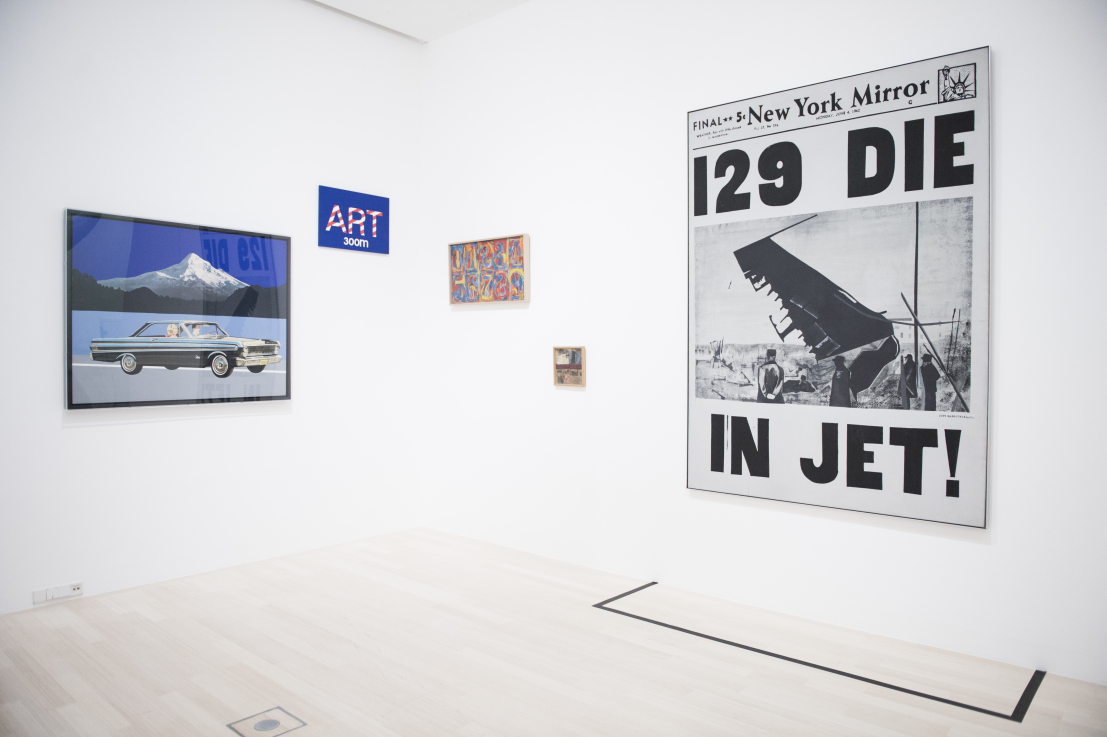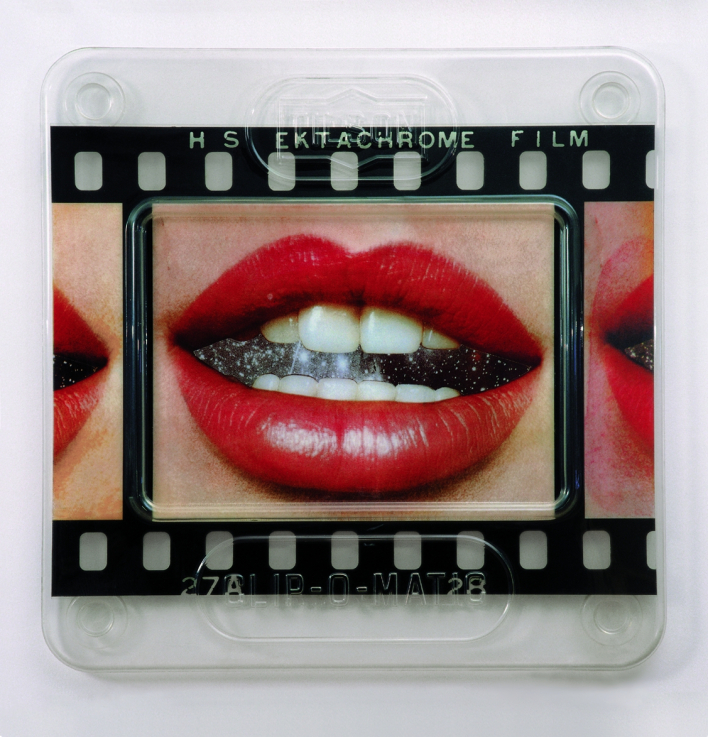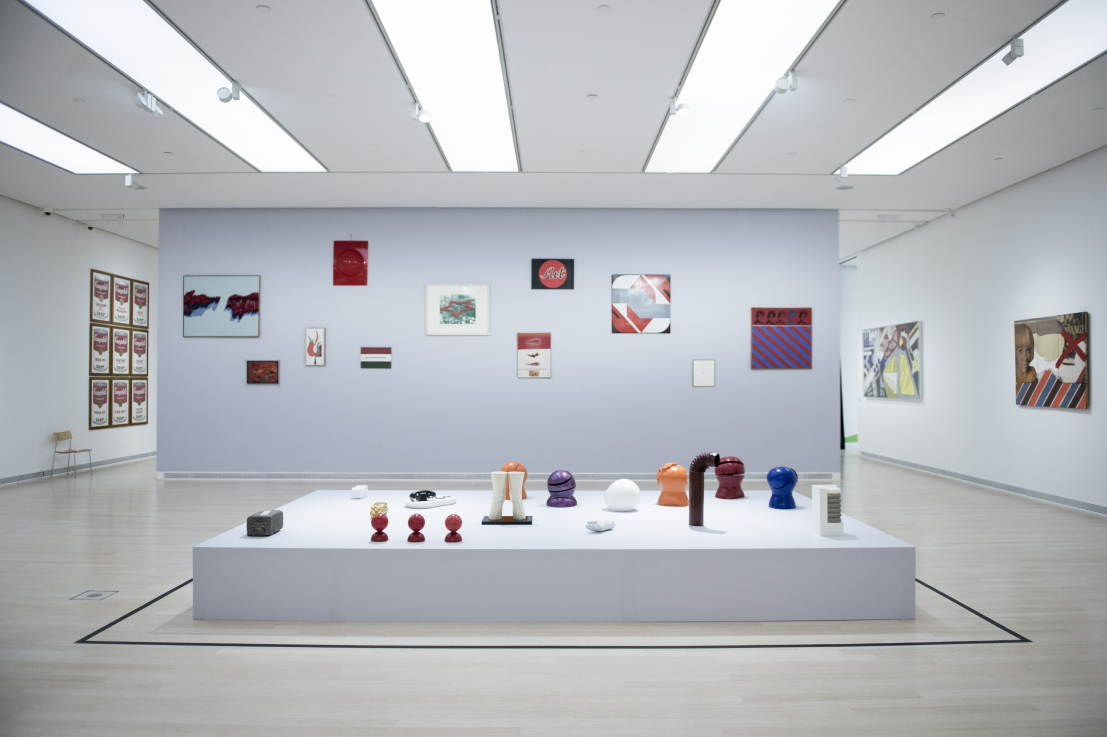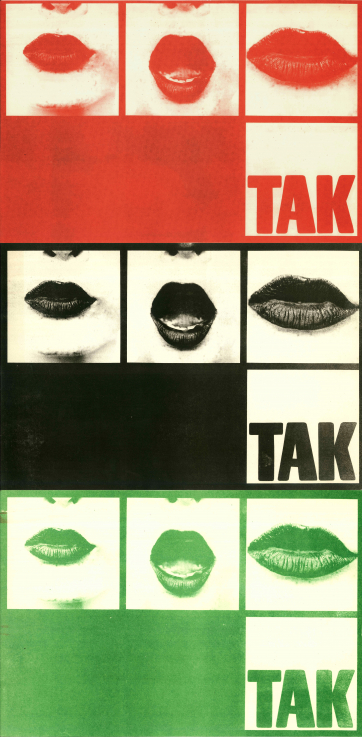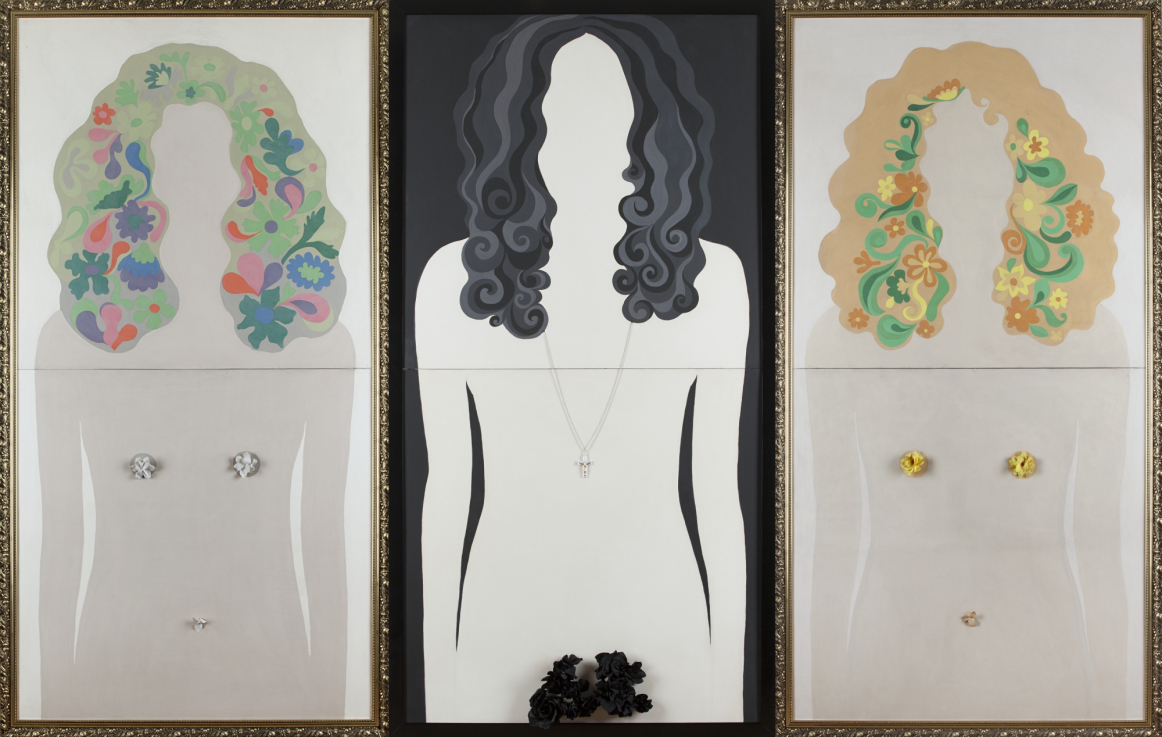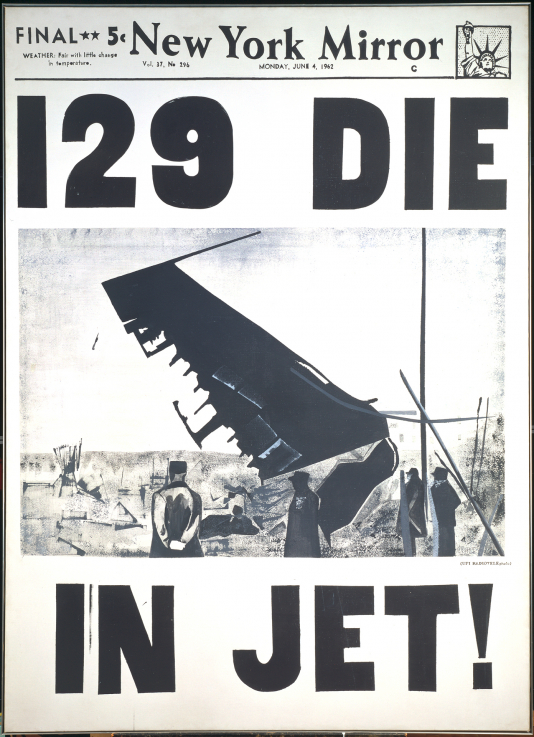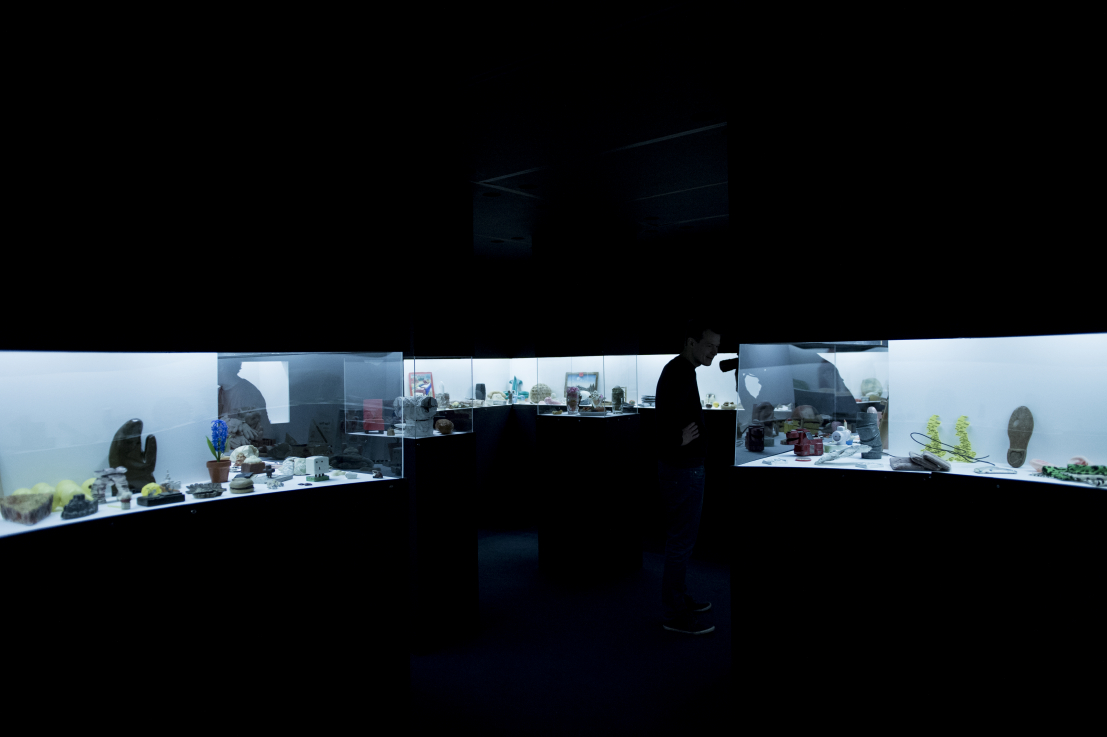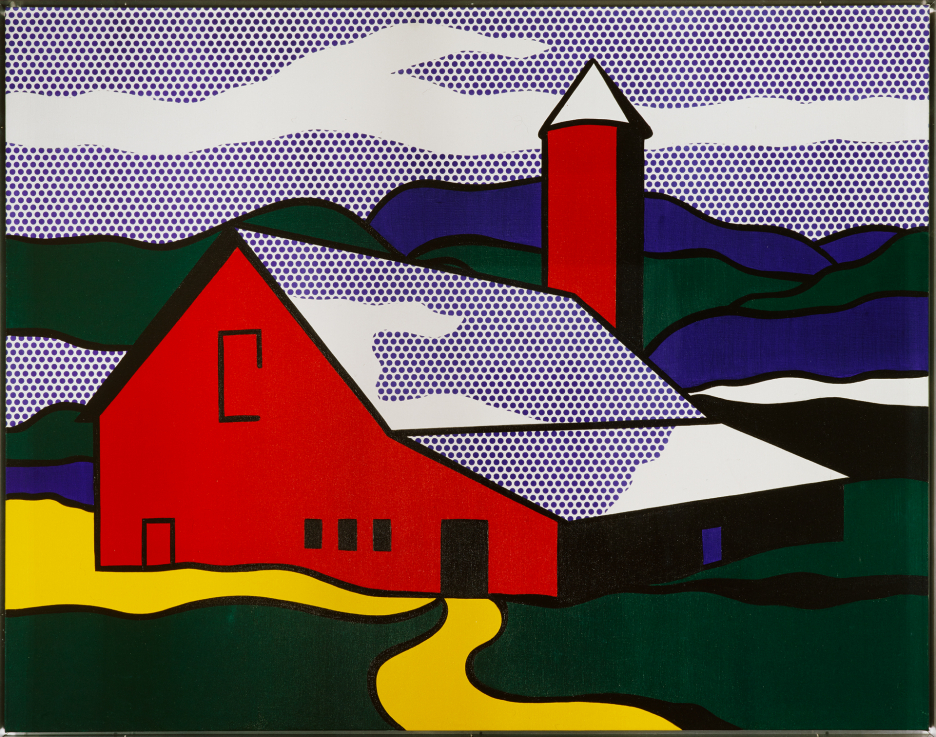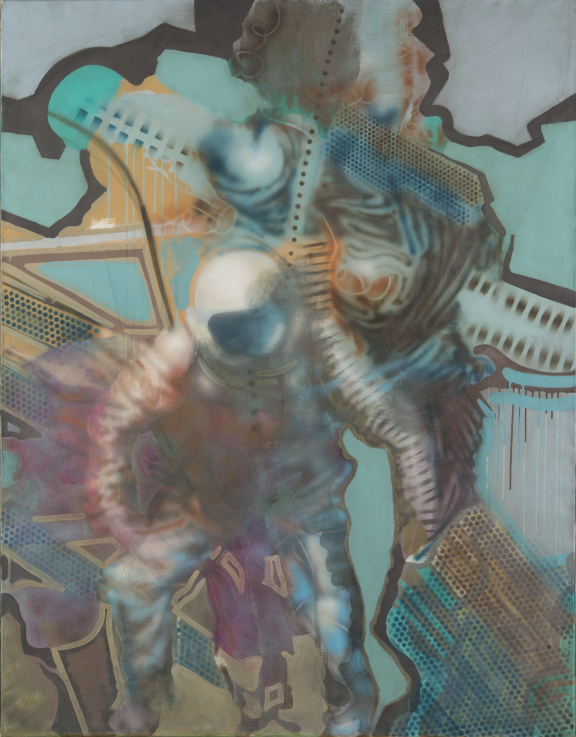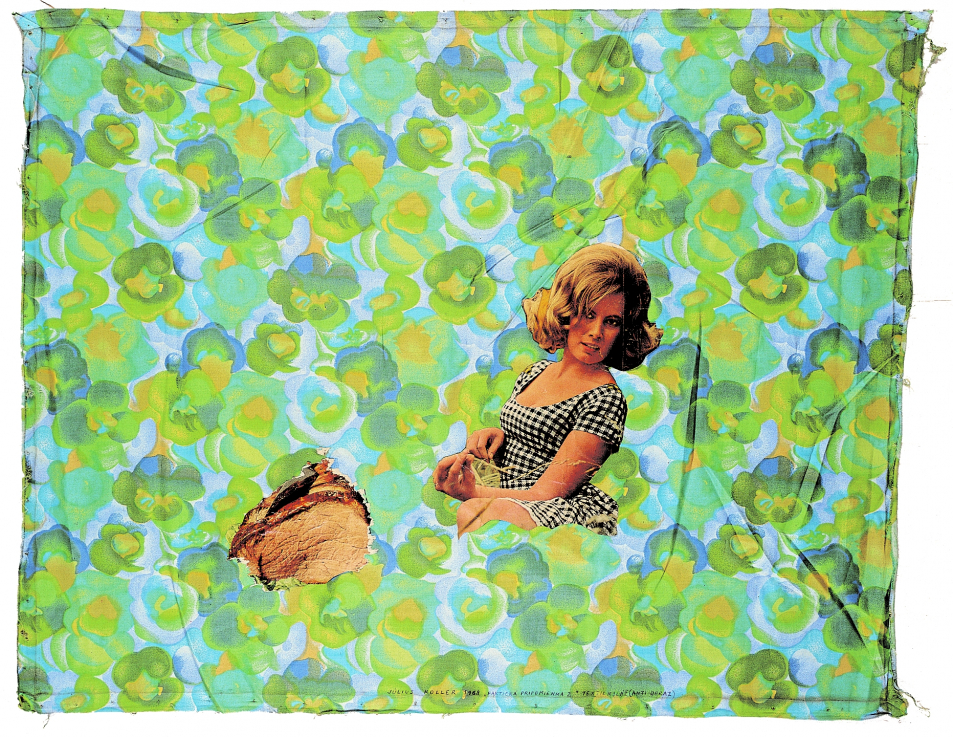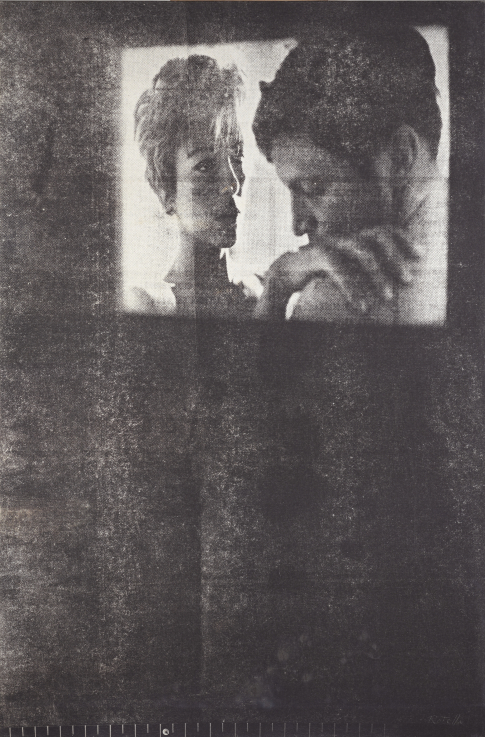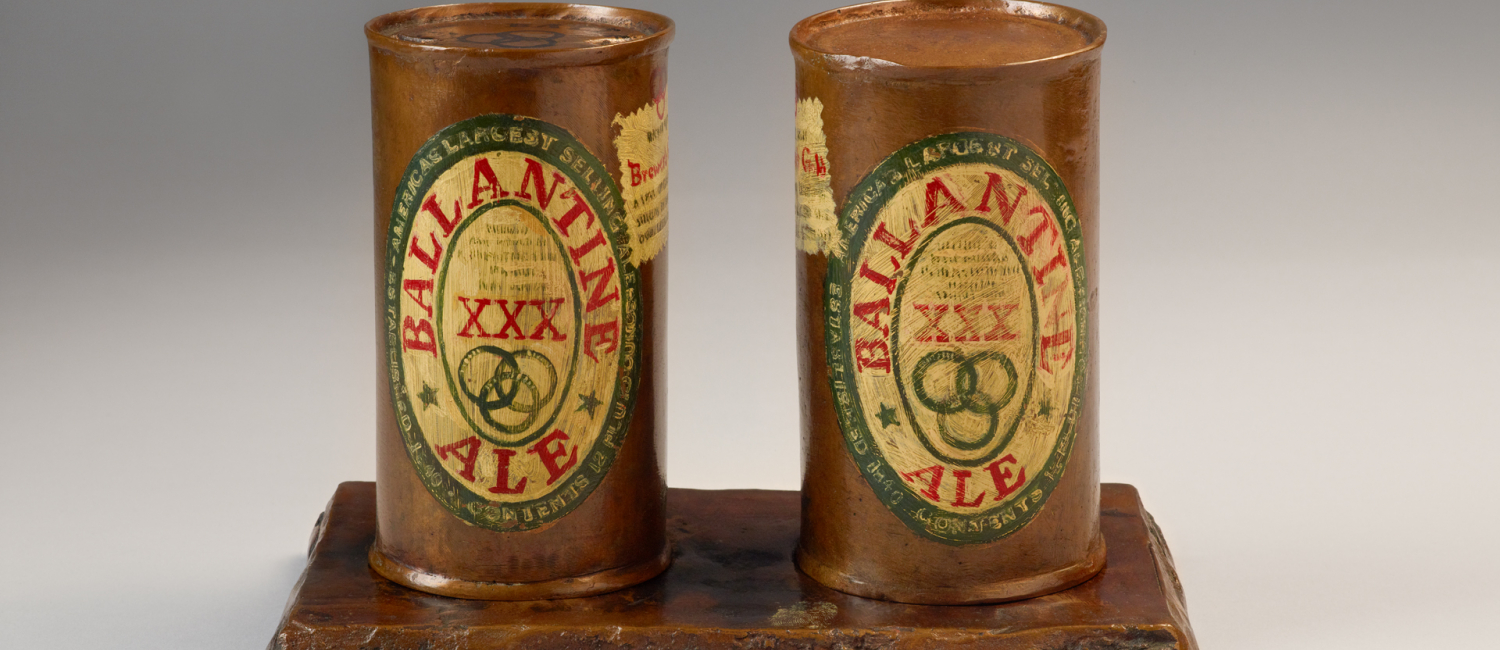9 October 2015 - 3 January 2016
The art collection brought together by the world famous German art collector couple Peter and Irene Ludwig is the foundation of all Ludwig Museums; perhaps the most well-known and famous part of this collection is the body of artworks that represents the period of Pop Art. It is unique in the sense that in addition to the iconic works of emblematic Pop Art artists (Jasper Johns, Roy Lichtenstein, Claes Oldenburg, Robert Rauschenberg, Andy Warhol, Tom Wesselmann, etc.), it comprises pieces by less famous ones (Allan D’Arcangelo, Richard Lindner, etc.), along with artworks by the European representatives of this tendency (Peter Blake, Richard Hamilton, David Hockney, Mimmo Rotella). The collection of the Ludwig Museums alone is abundant for creating a survey exhibition of international Pop Art. Based on this body of works, the Ludwig Goes Pop exhibition was presented first at the Ludwig Museum in Cologne and afterwards at the MuMoK in Vienna.
The allure of Pop Art lies in the fact – made evident by this exhibition – that succeeding abstraction, which had kept art at a distance from the audience, it introduced a kind of figurative representation into the contemporary art of the second half of the 1950s, which was familiar and seemingly easy to interpret owing to its everyday referentiality. At the same time, paradoxically, these works provide a critique of consumer society by translating the modes of everyday consumption into the field of art, offering the artworks to spectatorial consumption. This is also true of representations that already establish a critical stance vis-à-vis a specific subject, such as the (Vietam) war, or representational modes of mass media.
In the Budapest show, the selection from the Ludwig collections is complemented with works by Hungarian and Eastern European artists of the period, totalling almost 200 exhibited pieces. Peculiar to the region’s art scene, aside from a few exceptions, there are no artists who were exclusively practising Pop Art. The few exceptions include such outstanding figures as Dušan Otašević (Serbia) or Boris Bućan (Croatia). Pop Art in Yugoslavia, however, was characterised by a kind of surrealist influence, which appears in Hungarian art rather as a combination of surnaturalism, for instance in the paintings of Gyula Konkoly or László Lakner. Another border of Pop Art is hyperrealism, as seen in the works of Ludmil Siskov, Ákos Birkás, Marko Pogačnik or Claes Oldenburg. The influence of Fluxus, a practice based on the most radical conception of the dominant notion of art of the time, also appears among the Pop artworks (e.g. Tamás Szentjóby), while certain artworks are primarily – and traditionally – considered as examples of conceptual art (e.g. Július Koller, Sanja Iveković). All in all, it can be established that the works of Eastern European artists are often positioned on the borderline between multiple tendencies.
Indirectly, the exhibition also explores how the notions (such as Pop Art) created by “Western” art can be interpreted in an context where the social and cultural conditions for the emergence of this tendency were so different from the original scene where this movement had been created. Comparing Eastern European Pop Art with the products of the American and Western European movements, the most interesting feature is the use of objects. The American works mainly reflect on the commodities offered by consumer society and their abundance (Brillo, Coca-Cola, stars, etc.), which had gained ground by the mid-1950s following the economic hardships of World War 2. The Eastern European scene, on the contrary, was characterised by the banal and meagre objects, therefore creativity emerges not so much as a critique of the fetishism of consumption than as a “transubstantiation” of the common objects of local cultures (Ilona Keserü, Zsuzsa Szenes, Gotovac Tomislav, Běla Kolářová, etc.).
The exhibition features works by a number of well-known and less familiar women artists (Vera Fischer, Miša Pengov, Milena Usenik, Sanja Iveković, Jana Želibská, Natalia L.L., Ilona Keserü, etc.). This is important because one of the popular methods of Pop Art was the appropriation of the sexualised representation of the female body, characteristic of mass media, but we know of very few women artists whose activity can be – fully or partially –classified under this tendency. Interestingly, however, these women artists themselves often depicted women, many times as a critique of the very approach implied by mass media.
Exhibiting artists: Sándor Altorjai (HU), Gábor Altorjay (HU), Imre Bak (HU), Juraj Bartusz (CS-SK), Ákos Birkás (HU), Peter Blake (GB), Boris Bućan (YU-HR), Sándor Csutoros (HU), Radomir Damnjan Damnjanović (YU-BIH), Allan D’Arcangelo (USA), Jim Dine (USA), Stano Filko (SK), Vera Fischer (YU-HR), György Galántai (HU), Tomislav Gotovac (YU-HR), Gyula Gulyás (HU), László Gyémánt (HU), Raymond Hains (F), Richard Hamilton (GB), Al Hansen (USA), David Hockney (GB), Károly Hopp-Halász (HU), Robert Indiana (USA), Sanja Iveković (YU-HR), Zmago Jeraj (YU-SLO), Boris Jesih (YU-SLO), Jasper Johns (USA), Dragoš Kalajić (YU-SRB), Ilona Keserü (HU), Károly Kismányoki (HU), Bĕla Kolářova (CS-CZ), Julius Koller (CS-SK), Gyula Konkoly (HU), Dezső Korniss (HU), Nikola Koydl (YU-HR), Tamás Körösényi (HU), Natalia LL (PL), László Lakner (HU-D), Jean-Jacques Lebel (F), Roy Lichtenstein (USA), Richard Lindner (D-USA), Janez Logar (YU-SLO), Juraj Meliš (CS-SK), Alex Mlynárčik (CS-SK), Claes Oldenburg (USA), Dušan Otašević (YU-SRB), László Paizs (HU), Neša Paripović (YU-SRB), Miša Pengov (YU-SLO), Sándor Pinczehelyi (HU), Marko Pogačnik (YU-SLO), Robert Rauschenberg (USA), Mimmo Rotella (I), Rudolf Sikora (CS-SK), Ludmil Siskov (HU), Leonid Šejka (YU-SRB), Zsuzsa Szenes (HU), Tamás Szentjóby (HU), Joe Tilson (GB), Endre Tót (HU-D), Milena Usenik (YU-SLO), Tibor Vilt (HU), Wolf Vostell (D), Andy Warhol (USA), Tom Wesselmann (USA), Jurry Zieliński (PL), Jana Želibská (CS-SK)
Patron of the exhibition: Dr. János Lázár, Minister of Prime Minister’s Office
Collaborating partners: Museum Moderner Kunst Stiftung Ludwig Wien | Museum Ludwig, Cologne |Kunstmuseum Basel – Museum für Gegenwartskunst
acb Galéria, Budapest | East-Bohemian Gallery In Pardubice |Galeria Zderzak, Krakow |Janus Pannonius Múzeum, Pécs | Kieselbach Galéria és Aukciósház, Budapest | BTM Fővárosi Képtár, Budapest | Linea Collection, Bratislava | lokal_30, Warsaw |Magyar Nemzeti Galéria | Marinko Sudac Collection, Zagreb | Moderna galerija, Ljubljana | Museum of Contemporary Art Belgrade | Museum of Contemporary Art, Zagreb | Olomouc Museum of Art | Slovak National Gallery, Bratislava | SOGA Auction House, Bratislava | Szombathelyi Képtár | Szent István Király Múzeum, Székesfehérvár | Tragor Ignác Múzeum, Vác | Trajković Collection, Belgrade, as well as Hungarian and international artists and private collectors
If you read the word "jogdíjköteles" in the title, it means the picture is not royalty-free and you MUST pay royalty.
It is the client’s responsibility to obtain permission before a reproduction of any such work or content is made. If permission is not obtained you will be infringing copyright.
In order to get reproduction and copyright permission, please, contact HUNGART Egyesület (e-mail: hungart@hungart.org).
